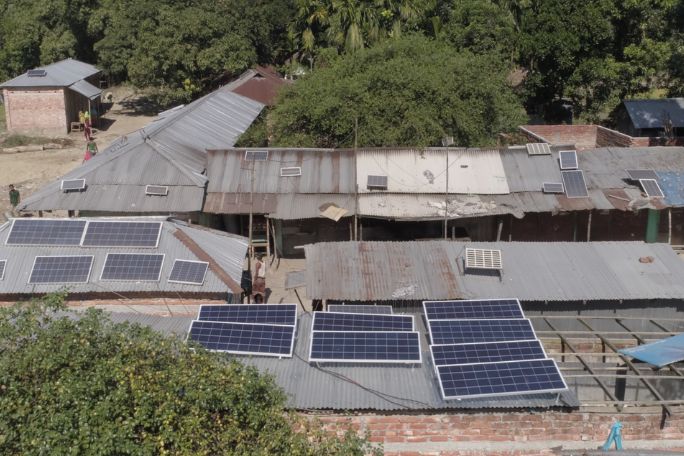Lesson summary
Carbon dioxide is a gas which is found naturally in small amounts in our atmosphere. Learn about the impact of rising carbon dioxide levels and what has contributed to this. Think about ways we can reduce our carbon footprint by the small choices we and our families make every day.
Lesson guides and printables
Lesson details
Curriculum mapping
Resources required
- CO2 Saver Choice Cards & Facts (printed off or viewed online)
- Device for watching video clip
Additional info
Carbon dioxide gas makes up only a tiny proportion of the gases we have in our earth’s atmosphere (0.04%). However, it has an enormously important job: it holds heat (or ‘radiation energy’) from the sun in our atmosphere, so the surface of the earth doesn’t freeze. However, its tiny amounts (and the important job it does retaining the sun’s heat) also mean that the warmth of the earth’s atmosphere is VERY sensitive to changes in the amount of carbon dioxide.
This is a good activity for kids to complete independently.
Ideal for: Upper Primary Ages 10 – 12
Learning@Home resources are designed for parents and teachers to use with children in the home environment. They can be used as stand-alone activities or built into existing curriculum-aligned learning programs. Our Learning@Home series includes two types of resources. The first are fun and challenging real-world activities for all ages, the second are self-directed lessons for upper primary and secondary students. These lessons support independent learning in remote or school settings.


Welcome back!
Don't have an account yet?
Log in with:
By signing up to Cool.org you consent and agree to Cool's privacy policy to
store, manage and process your personal information. To read more, please see
our privacy policy here(Opens in new tab).
Create your free Cool.org account.
Many of our resources are free, with an option to upgrade to Cool+ for premium content.
Already have an account?
Sign up with:
By signing up to Cool.org you consent and agree to Cool's privacy policy to
store, manage and process your personal information. To read more, please see
our privacy policy here(Opens in new tab).